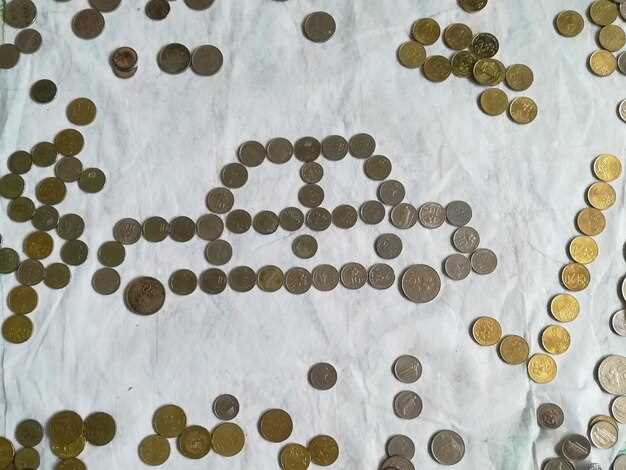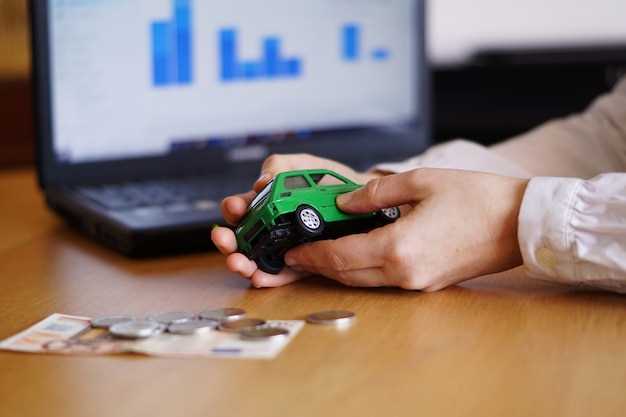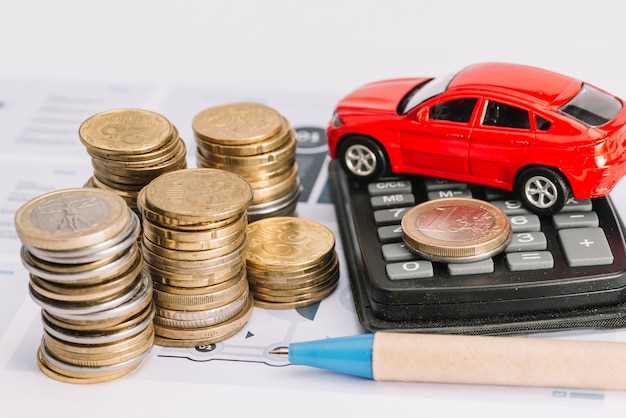What makes a car a collectible

The world of collectible cars is both fascinating and multifaceted, attracting enthusiasts and investors alike. What exactly elevates a car from being merely a mode of transportation to a beloved classic that holds significant value? Various elements come into play, shaping the desirability and appreciation of these vehicles.
One of the most crucial factors is the car’s rarity. Limited production models or those that signify a particular era or technological advancement often fetch higher prices in the collector’s market. The scarcity of a given classic car can result in a robust demand that drives the value upwards, especially if the vehicle is in pristine condition or exhibits unique characteristics.
Another significant aspect is the car’s historical significance. Vehicles that have played a pivotal role in automotive history, such as racing champions or those that defined design trends, often become icons. This historical context adds layers of appreciation for collectors, making these classic cars not just objects of desire but also symbols of heritage and evolution in the automotive industry.
Rarity and Production Numbers: Understanding Scarcity in Collectible Cars
The value of a collectible car is significantly influenced by its rarity and production numbers. Cars produced in limited quantities often captivate the interest of collectors, driving up demand and subsequently increasing their market value. Rarity is a key factor that enhances a car’s desirability; when only a handful of units were manufactured, buyers are more likely to invest in these unique models as they represent an exclusive ownership experience.
Understanding production numbers provides context for evaluating a car’s scarcity. For instance, if a specific model was limited to just a few hundred units, its market dynamics differ greatly from those of a mass-produced vehicle. Even within the same make and model, variations such as special editions or unique features can further accentuate rarity, creating subcategories that appeal to niche audiences among collectors.
Collectors often rely on detailed production data to assess the potential future value of their vehicles. Cars that were once overlooked can experience a resurgence in interest as collectors seek out rare specimens. This is particularly true for vintage models where heritage and history play a crucial role in adding to their allure. A deep understanding of production numbers allows collectors to make informed decisions, ensuring that their investments yield significant returns in the long run.
In conclusion, rarity and production numbers are essential considerations when evaluating collectible cars. A car’s scarcity not only affects its current value but also plays a crucial role in its long-term appreciation in the collector market. By prioritizing these factors, enthusiasts can navigate the intricate landscape of car collecting with greater confidence and insight.
Historical Significance and Provenance: The Story Behind the Vehicle

The historical significance of a car plays a crucial role in determining its collectible value. Vehicles that are linked to important cultural, political, or social events often possess a narrative that enhances their desirability. For instance, cars that were owned by prominent figures, such as celebrities or influential leaders, carry a legacy that attracts collectors. This unique history adds layers of intrigue, pushing the classic car’s value even higher.
Provenance, or the documented history of ownership, is equally vital. A vehicle with a clear, verified lineage is more appealing to collectors. Detailed records–including maintenance history, previous owners, and historical documentation–can significantly impact a classic car’s worth. Collectors often seek vehicles with well-documented pasts, as these stories resonate with their passion for automotive heritage.
Condition and Restoration: Evaluating the Quality of a Classic Car

The condition of a classic car is a critical factor that directly influences its collectible status and overall value. When assessing a classic vehicle, several key aspects must be taken into account, including the exterior, interior, mechanical components, and undercarriage. A car that has been meticulously maintained or exhibits low wear and tear is generally more desirable to collectors, as such examples tend to represent the original craftsmanship and intent of the manufacturer.
Restoration plays a pivotal role in determining a classic car’s value. While some collectors seek out vehicles that are in original, unrestored condition–valuing authenticity–others may prefer fully restored models that have been brought back to life with modern techniques. The quality of restoration is essential; a well-executed restoration can enhance a car’s appeal, while poor workmanship may detract from its value. Collectors typically scrutinize the authenticity of parts used during restoration, favoring original or period-correct components that maintain the car’s historical integrity.
Documentation regarding the car’s service history and restoration process can significantly impact its collectible status. Providing detailed records showcases the care taken to preserve or restore the vehicle, which can warrant a higher asking price. Additionally, a comprehensive assessment of prior ownership can indicate a car’s significance within automotive history, further elevating its desirability among collectors.
Overall, evaluating the condition and restoration of a classic car requires a thorough understanding of automotive history, detail-oriented inspection, and knowledge of market trends. Collectors must weigh these factors carefully to determine the true value of a classic car, ensuring that their investment aligns with their passion for preserving the automotive heritage.




